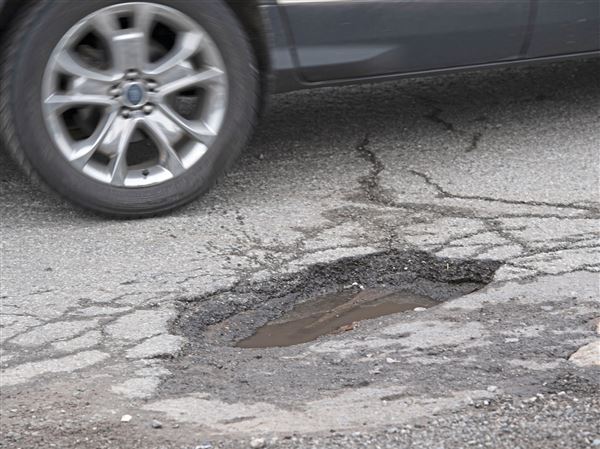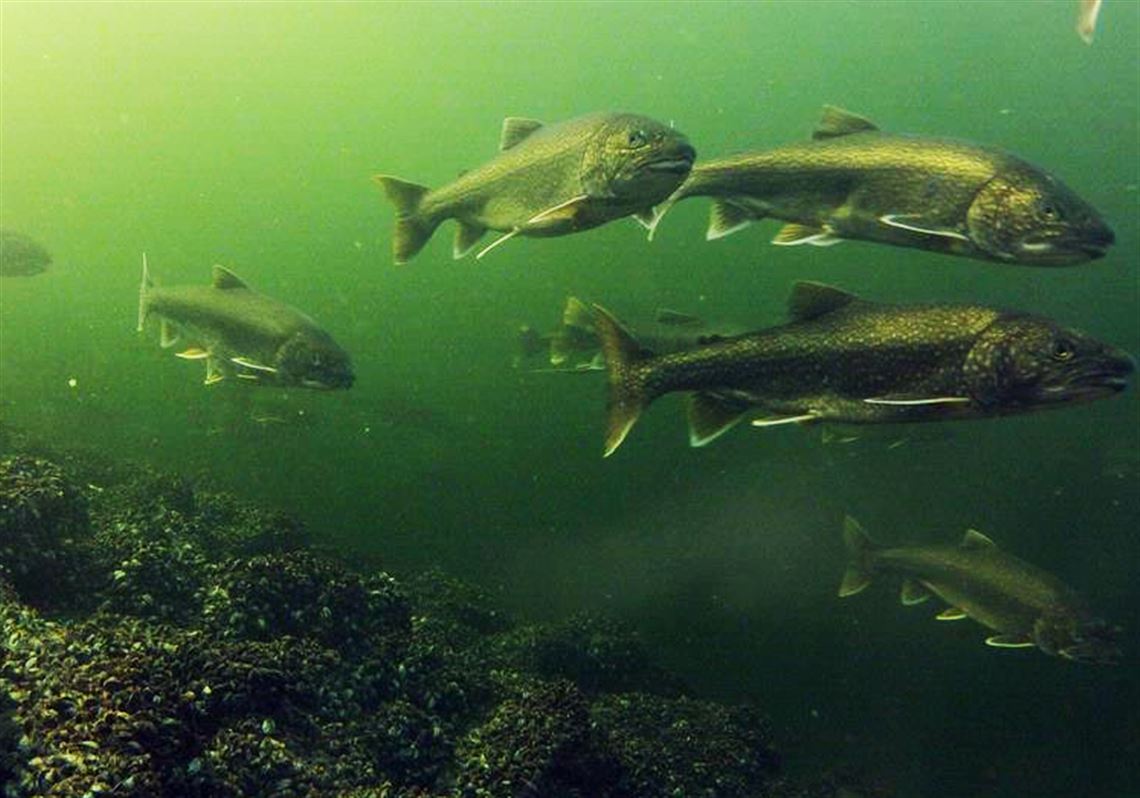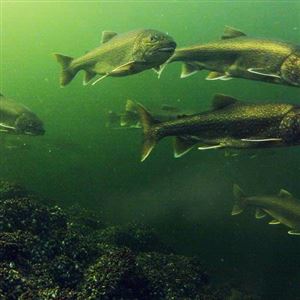A conservation milestone has been reached: Lake trout are reproducing in Lake Erie, where the native fish were considered extinct.
In May, biologists from the New York Department of Environmental Conservation found baby lake trout in waters near the Pennsylvania-New York border. The species was identified through genetic bar-coding, confirming the presence of naturally reproducing lake trout in the lake.
“Today marks a key milestone in the restoration of lake trout in Lake Erie after six decades of significant investments to improve water quality and habitat and promote sound fisheries management,” said DEC Commissioner Basil Seggos in a statement Aug. 11. “This phenomenal Great Lakes story of recovery is a testament to the perseverance of the researchers and biologists from DEC and partner agencies who worked tirelessly to help restore this fishery.”
The largest member of the cold-water char family, Salvelinus namaycush can live for 40 years and grow to more than 100 pounds. Forty-pounders are not uncommon in the Great Lakes. Once an alpha predator of Lake Erie, the fish were targeted by commercial fishing ships from the late 1700s through the late 1800s.
In 1833, the Welland Canal bypassed Niagara Falls, opening navigation from the Atlantic Ocean to inland ports throughout the Great Lakes. With international shipping came invasive species including the sea lamprey, an eel-like predator that latches onto large fish and sucks out fluids. By 1938, sea lamprey had become established throughout the lakes.
When Lake Erie’s lake trout fishing industry sputtered to a stop in the 1930s, widespread industrial and agricultural pollution continued to impede the trout’s delicate reproductive requirements. By 1965, the native strain of lake trout was considered extinct in Lake Erie.
Since the 1970s, the United States, Canada and individual states and provinces have invested billions into Great Lakes conservation and recovery programs. Efforts to mitigate lamprey migration and reproduction have shown progress. To jumpstart the return of lake trout in Lake Erie, fisheries agencies from Pennsylvania, New York, Ohio, Michigan, Ontario and the U.S. Fish and Wildlife Service have collaborated in stocking a non-native strain raised at the Allegheny National Fish Hatchery in Warren, Pa. Since 2013, about 1 million lake trout have been stocked. Sport fishing is permitted with restrictions, but a culture of voluntary catch-and-release has become common.
During research on potential lake trout reproduction, the fry were trapped over shallow rocks west of Barcelona Harbor, N.Y., not far from the Pennsylvania border. That part of the lake, from the New York line to waters off North East, are well known to charter captain Lane Brown. In 2019, he guided a trip that put a Crawford County man on the Pennsylvania state record lake trout. Boated off North East, the fish weighed 31 pounds, 13 ounces and measured 40 inches.
Brown said news of natural reproduction, particularly in that part of the lake, came as a surprise.
“Word among charter captains has been that there is no natural reproduction of lake trout,” said Brown, owner of God’s Grace Sport Fishing, a charter service out of North East in Erie County. “We didn’t think it was possible until this year.”
Walleye trips are his bread and butter, he said, but Brown is one of a few Erie County guides who specialize in lake trout. He said 2021 has been the busiest of his four years in business, and he’s noticed an important sign that the fishery may be improving.
“There have been less [lamprey] sores than in other years,” he said. “Maybe one or two. There used to be more. One time I had [a lake trout] in the boat with a lamprey attached.”
On his boat, catch and release is encouraged, but Brown said some clients legally harvest. The daily limit is two. On a typical trip, planer boards are deployed while clients troll 5-inch Renosky lures, deep-diving Bay Rats and Michigan Stinger Stingray spoons on lead-core lines with monofilament leaders clipped to riggers and Dipsy Divers. Unlike many charter services, Brown and the mate don’t set the hook for clients. They’ll call out strikes when necessary, but the clients pull rods from the holders, set the hooks and fight the fish to the boat. Brown said it’s more fun that way.
The discovery of successful lake trout spawning begs important questions that science has not yet answered, including how long it’s been going on.
Brown said he accepts the biologists’ claim, but has no reason to believe Lake Erie anglers are now catching naturally occurring lake trout. He doesn’t see natural reproduction impacting fishing for some time.
“Since we didn’t know about this until this year, it’s probably an insignificant number of little fish,” he said. “Maybe people shouldn’t get their hopes up too fast.”
In four years with the charter service, Brown said he’s seen two or three lake trout in the 16-20 inch range and none shorter than 16 inches. So where are the smaller lake trout?
“I don’t know where they are,” he said. “They take a long time to grow. They must be growing somewhere.”
First Published: August 27, 2021, 7:15 p.m.




















